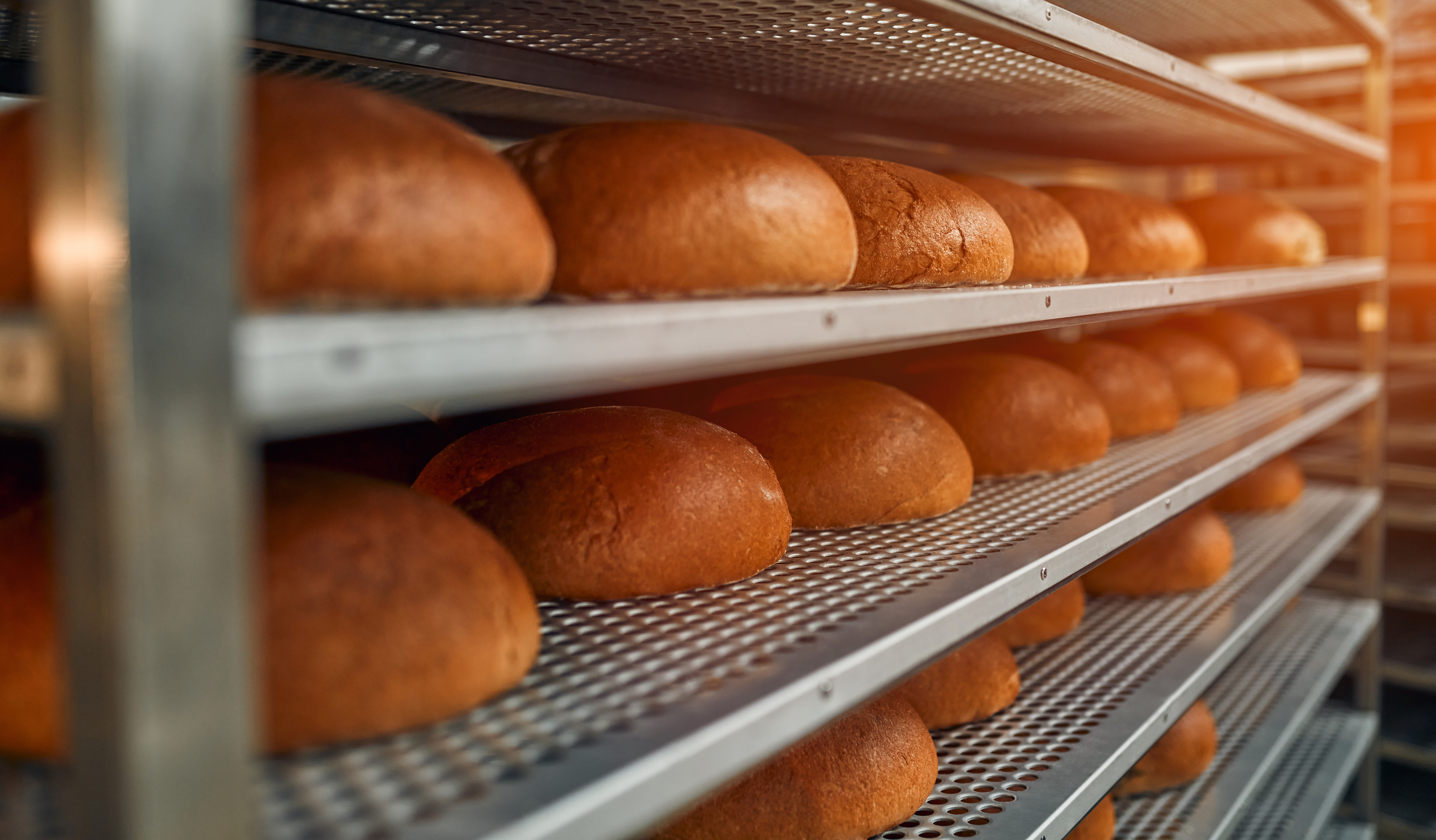Ensuring Food Safety: The Importance of Risk Mitigation in Food Production
Risk mitigation is crucial in the food quality industry to ensure the safety and quality of food products.
 Food safety practitioners in the food industry are responsible for ensuring that food products meet the necessary standards and regulations to be safe and suitable for consumption. Risk mitigation, the act of detecting, evaluating, and controlling possible dangers that could cause harm to consumers and businesses, is one way businesses mitigate risk, which is essential in the food sector since it helps to reduce or prevent contamination, food-borne illnesses, and other problems with product safety.
Food safety practitioners in the food industry are responsible for ensuring that food products meet the necessary standards and regulations to be safe and suitable for consumption. Risk mitigation, the act of detecting, evaluating, and controlling possible dangers that could cause harm to consumers and businesses, is one way businesses mitigate risk, which is essential in the food sector since it helps to reduce or prevent contamination, food-borne illnesses, and other problems with product safety.
Consumer Concerns About Food Safety
Food-borne illnesses and contamination can have severe consequences for consumers, food businesses, the food industry, and the economy. These consequences can include serious illness for consumers, damaged credibility for a business, and possible fines and other legal penalties. Because of the danger these scenarios present, SQF has developed food fraud awareness and food defense measures to reduce risks. A food fraud program seeks to identify and prevent the purposeful misrepresentation of food items for economic gain, whereas a food defense program seeks to safeguard food products against intentional contamination. By systematically identifying possible threats and putting control measures in place, risk mitigation aids in preventing these problems.
The Importance and the Need for a Strong Food Safety Culture and Risk Mitigation Plan
Risk mitigation is crucial in the food industry to ensure the safety of food products. Food-borne illnesses and contamination, food safety standards, reputation and credibility, and consumer protection are all topics you must consider to mitigate risk. With evolving threats and changing governmental regulations, you must develop a comprehensive strong food safety culture and understand how to mitigate risks. SQF is here to help your businesses stay up-to-date and on the cutting edge of food safety. Take the next step in your food safety career and learn how to mitigate risks effectively with our new Risk Management courses. Sign up now and be equipped with the knowledge and skills to ensure the safety of your company’s food products.
The Safe Quality Food (SQF) Code is a globally recognized food safety management system that outlines the requirements for food manufacturers and processors to ensure the safety and quality of their products. Implementing SQF as a food safety management program and maintaining SQF Certification demonstrates the commitment to reducing risks in several ways:
- Identifying potential hazards: The SQF Code helps companies identify potential hazards in their processes and products, such as contamination, allergens, and physical hazards, and develop strategies to prevent them from occurring.
- Implementing preventive controls: The SQF Code requires companies to implement preventive controls, such as food fraud mitigation, food defense planning, and allergen controls, to reduce the likelihood of hazards occurring.
- Ensuring traceability: The SQF Code requires companies to have traceability systems in place, allowing them to quickly identify the source of any safety or quality issues that may arise.
- Improving Food Safety Culture and Communication: The SQF Code promotes open communication between all levels of the organization, including management, employees, suppliers, and customers, to ensure that everyone is aware of potential risks and how to mitigate them.
Risk Reduction
Overall, the SQF Code is helpful in reducing risks by providing a comprehensive framework for food safety management that helps companies identify, prevent, and manage potential hazards, ensuring the safety and quality of their products.
A risk mitigation program that prioritizes hazard identification is crucial in maintaining food safety. Along with complying with regulations, maintaining the reputation and credibility of the food industry is crucial for consumer trust. A healthy risk mitigation strategy is one that plans and executes methods to protect food throughout the manufacturing process and consistently seeks ways to reduce risks to the lowest possible levels. Failure to implement these measures can lead to serious consequences, including loss of consumer confidence in your brand and even harm to public health.
In addition to being familiar with the SQF Code, for in-depth guidance on Risk Mitigation, we recommend downloading our SQF Risk Assessments in Pre-requisite Programs Guidance Document, which can provide valuable insights for maintaining food safety and reducing risks to the lowest possible levels.
Our new SQF Practitioner Risk Management courses are designed to help develop a strong food safety culture and mitigate risks present throughout the food production process. The courses offer a comprehensive overview of essential topics such as recall and crisis management programs, data insights for risk management, food fraud, and defense programs, allergen management programs, raw and finished product specifications, and document control and records programs. These courses are "compliance boosters" designed to equip practitioners with the knowledge and skills to ensure the safety and quality of food products.
Recent Blog Posts
The FMI Foundation, in partnership with SQFI, awarded 19 scholarships from 152 applications for the 2025-2026 Food Safety Auditing Scholarship program.
Private brands in the grocery industry are experiencing significant growth, evolving from budget alternatives to strategic assets that drive customer loyalty and distinguish retailers.
Recall prevention means embedding food safety throughout your operations so those failures never reach the customer.




